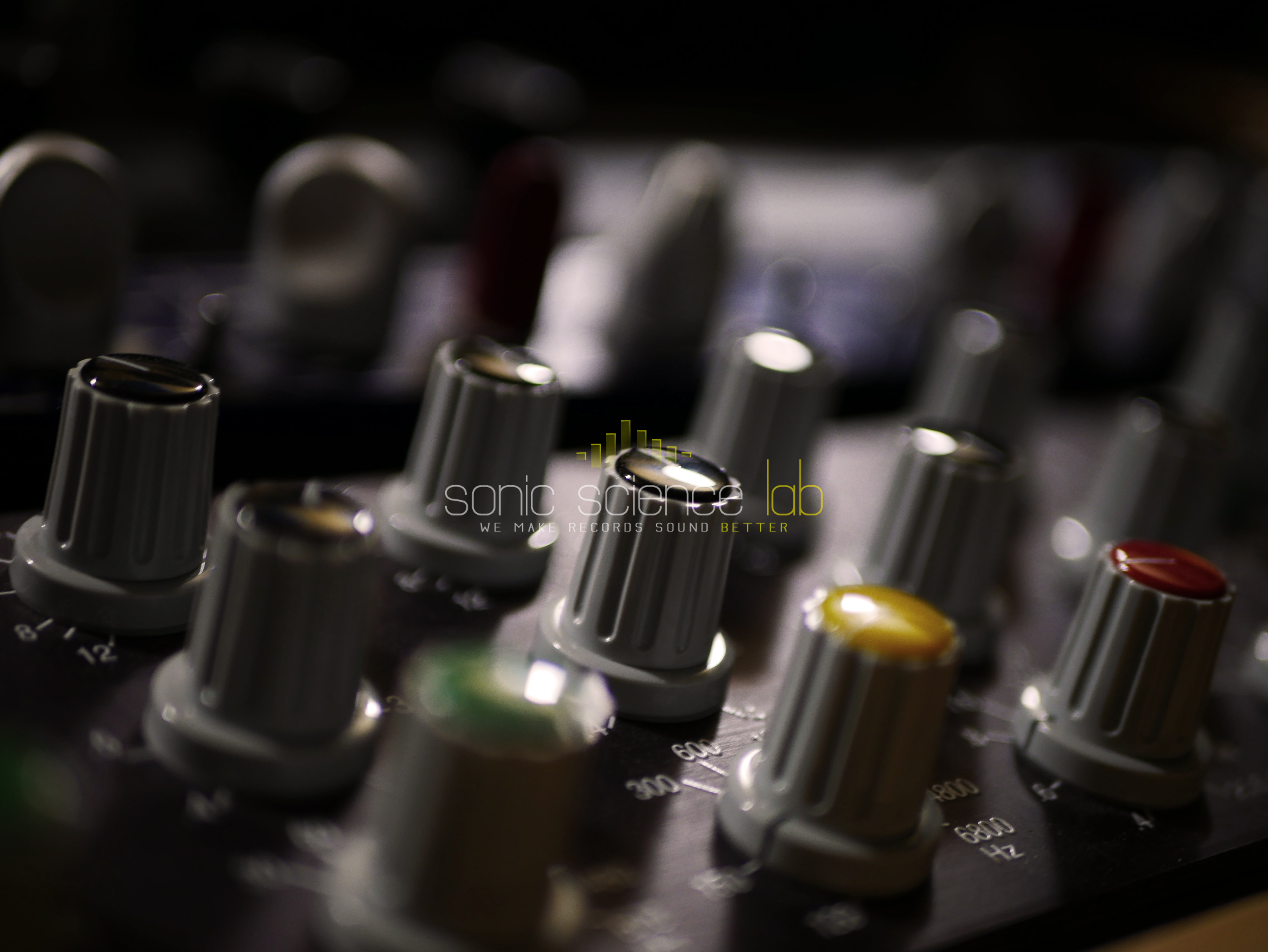

We have found that some, even experienced engineers, have rather vague idea on how pre-ringing, a consequence of preservation of phase shift, sounds like. So, we’re going to fix that :).
Here you can find sound samples. We will put linear phase (LP) thing in a little different perspective. This is what we usually like to do with any topic :).
We also show you something more.
And at the end you will also have a chance to test your listening abilities. And win a prize!
The below samples have effects artificially exaggerated for easier listening. Artificially- it does not mean effects were artificially generated. It means we used a very specific combination of filters, their settings and programme material for effect manifestation.
The EQ brand and settings do not matter here. It happens we know a thing or two about EQ filters, so we are able to quickly dial-in the effect on almost any reasonable EQ.
Are you ready? Let’s go!
Samples in a loop, with no effect first:
The same bass drum sample with LP filter applied. You can hear pre-ringing effect quite clearly.
If not sure, get back to sample with no effect and listen again:
And now a bonus :). The same sample as above, yet with minimum phase filter:
Ta-da! Now you can also hear post-ringing effect in all one’s glory.
Does it remind you something?
Which sample sounds worse, what do you think?
Does it help that the above sample uses exactly the same settings for filter, except just a filter type?
Ok, going single sample is easy. Here is something more complex.
Unfiltered first:
With LP filter:
And, of course, with minimum phase filter:
Which one sounds worse? What can you say about bass drum transients in all the above samples?
As you can see (listen actually :)), both type of filters can impact negatively the programme material.
The bad news is that even 3-4dB of EQ action can be audible in real mastering environment quite easily. It depends a lot on combination of filter settings and the source.
So, beware, we, mastering engineers, can hear your EQ moves more than you might think ;).
Now, let’s take a look at different end of audio frequency spectrum.
We will use a short burst of 9.9kHz sine wave as a first sample. The burst will be repeated quickly in loop for your listening convenience.
Please note, some sound systems are not capable to deal properly with such short bursts. You may experience some clicks.
Unfiltered 9.9k burst first:
9.9k burst with LP filter:
9.9k burst with non-LP filter:
So, it looks like that one with LP filter sounded worse. This is totally against some opinions one can find on internet, claiming that LP sounds ‘cleaner’ for highs.
However, wait with a verdict.
Please note, that LP filter also features post-ringing effect! Yet the one with minimum phase filter can be much louder. We slightly modified settings to have this effect pronounced.
Here is the minimum phase post-ringing effect in action (9.9k burst):
Looks like now it is audibly worse than original sample, yet LP is still the worst, isn’t it?
Please note, however, that post-ringing, even if it’s louder, has better chances to be masked in real world situations. But, the sound is not only about pre/post-ringing as you are going to find that below.
To make things more interesting, we prepared a little more complex programme material.
Yet, we won’t let it be too easy. We won’t name them. Instead, we have a quiz for you with a prize :).
Can you determine which sample below: A, B and C uses what filter/no filter, based on the above 9.9k bursts samples?
If it happens you can, please send your findings to office@sonicsciencelab.com. Do not forget to add short description of your reasoning.
When you got it right, you’ll be entitled for mastering for a single, for free :).
If you’re a mastering engineer, we have a high five for you :).
So, here you are. Hint: take a close listening to highs, and their envelope:
A sample:
B sample:
C sample:
And :)? A, B and C samples use exactly the same settings like the above 9.9k samples, if it can help :). Only filter type was changed.
Well, we led you into just one corner- a mastering context. Single stereo input, single stereo output.
Things get complicated though, when we consider mixing scenario. And/or f.e. sources recorded with two or more mics (top and bottom of a snare, etc.).
Therefore, minimum phase filters can impact the sound to much greater extent due to phase shifts involved.
So, linear phase can help sometimes.
Yet, we won’t delve into such context, because well, we do mastering at Sonic Science Lab after all :).
Here you are:
Have a nice listening (miłego słuchania)!
Artur



Please enter your name and email address below.
0